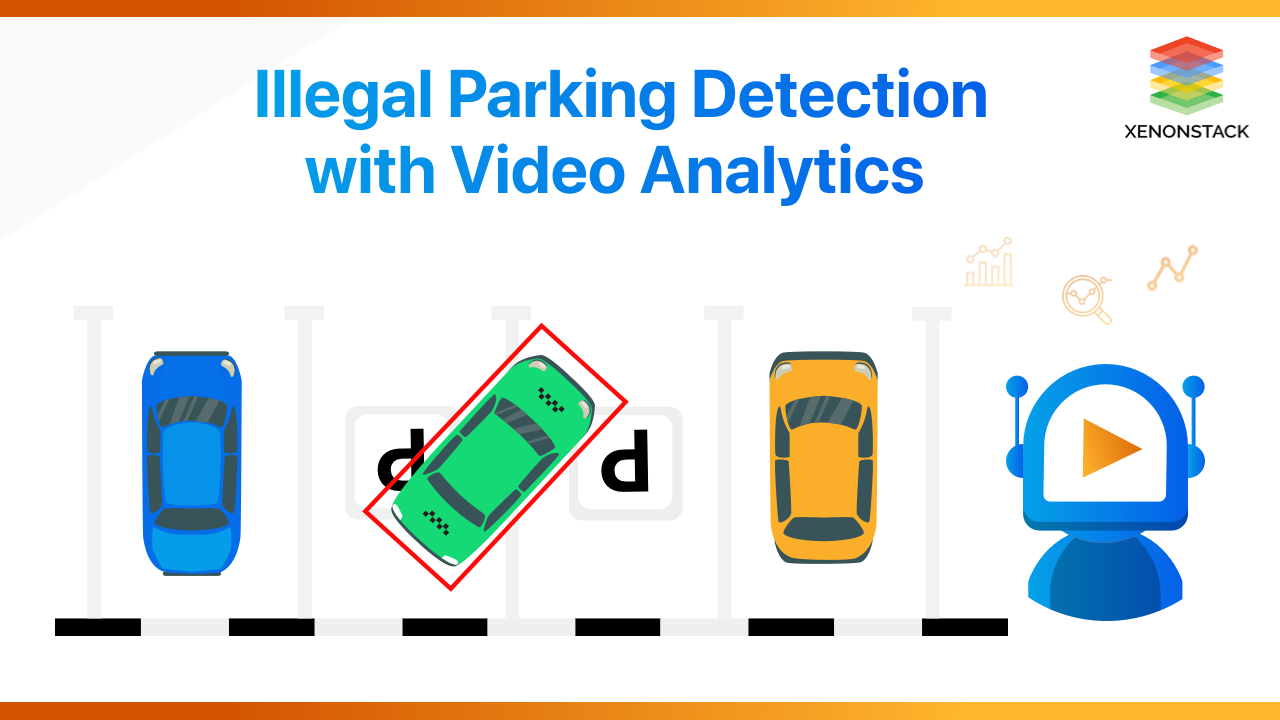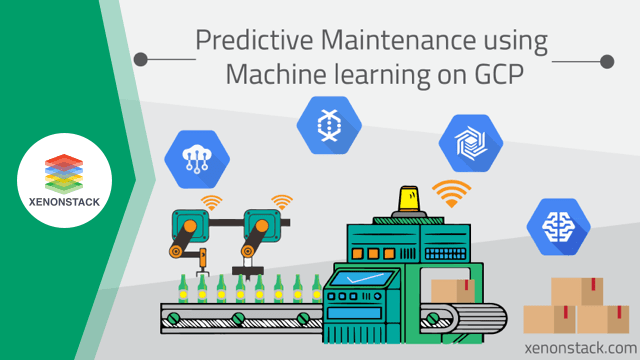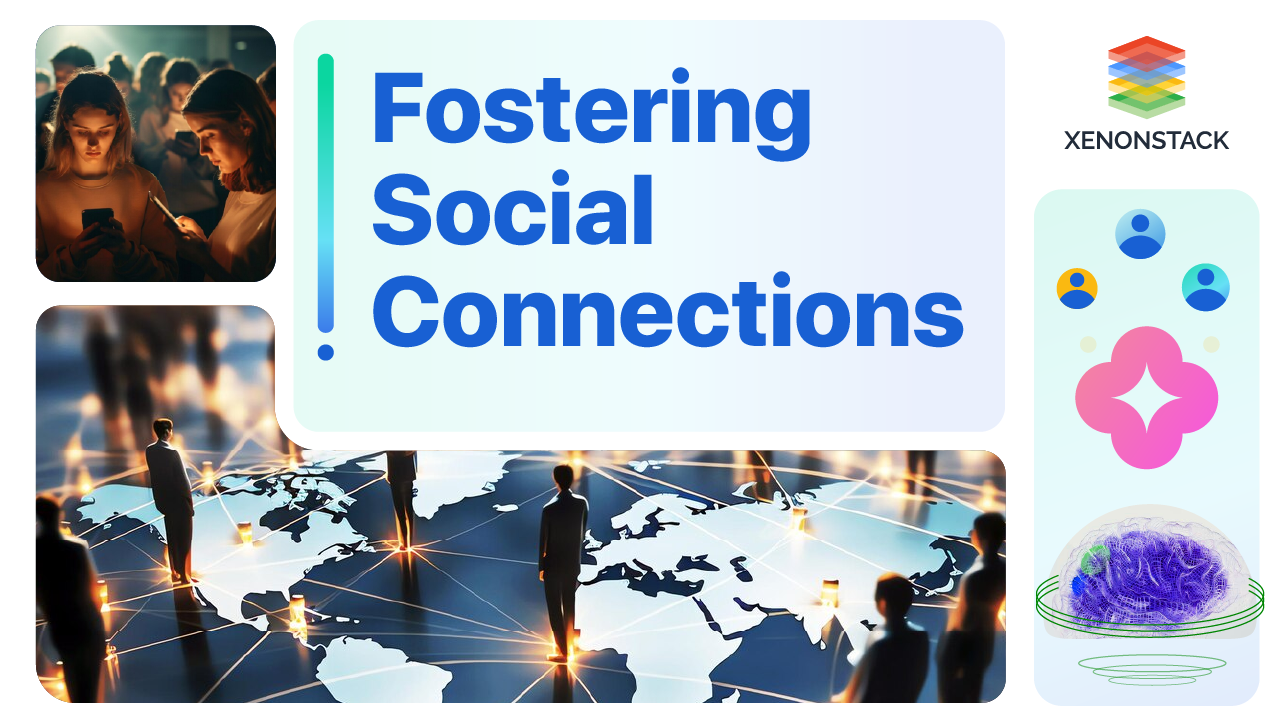
Introduction
Shelf Prism is an application (app) needed by liquor outlets placed in different locations containing the liquor of different brands. There is a need to automate the detection the information related to available liquor in their outlets.
We provided a solution to Digitaiken team to utilise AWS services for their app, which will help them to run all the processes like training the model, detection of liquor bottles, detecting the available brands, count of bottles, and detecting the size of bottles in the particular outlet.
What are the Challenges faced by Customer?
The challenges faced by Customers are described below:
Problems
- The collection of data of all the outlets from other localities.
- The specific data related to available brands.
- The record of past data of all the outlets.
Consequences
- Lack of Data: The liquor availability depends on the record of present liquor in the outlet.
- Less Availability of Liquor: If the data is available, there will be more availability of liquor in the outlets.
- Decrease in Customer Visits: If the liquor required by the Customer is unavailable, it can lead to a decrease in customer visits to an outlet.
Solution for the Problem
- ML Architecture
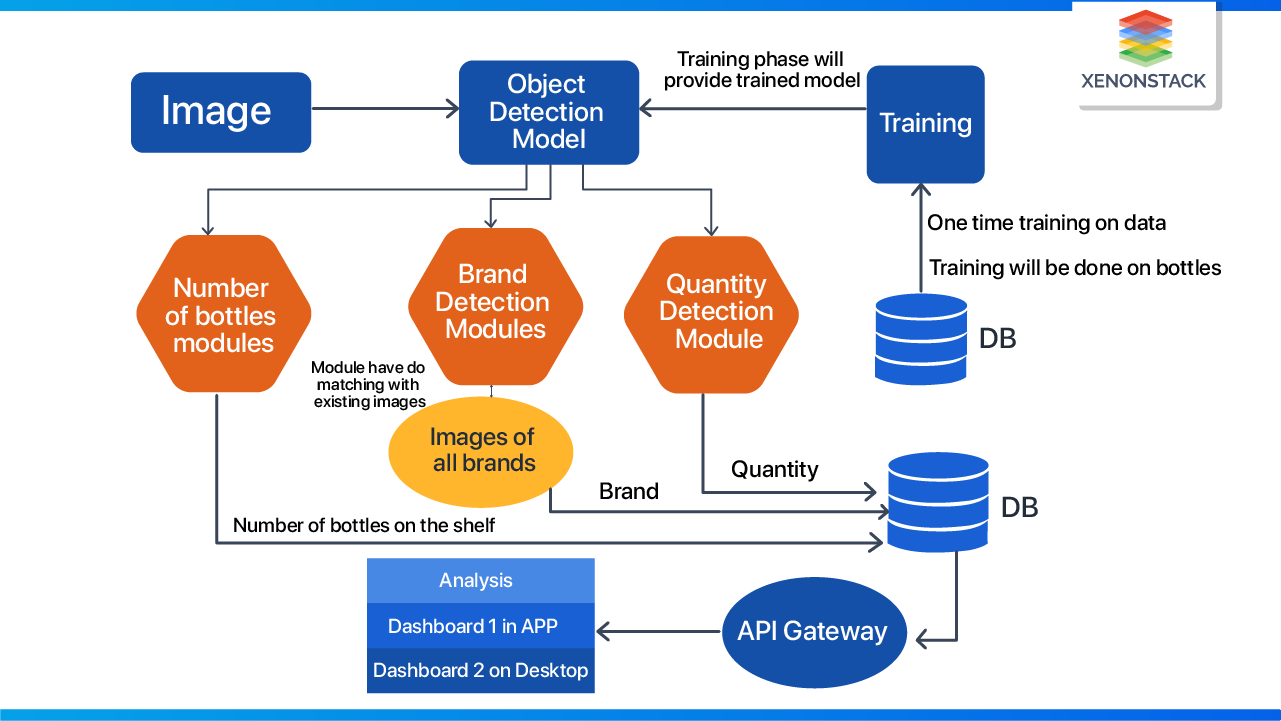
- Platform Architecture
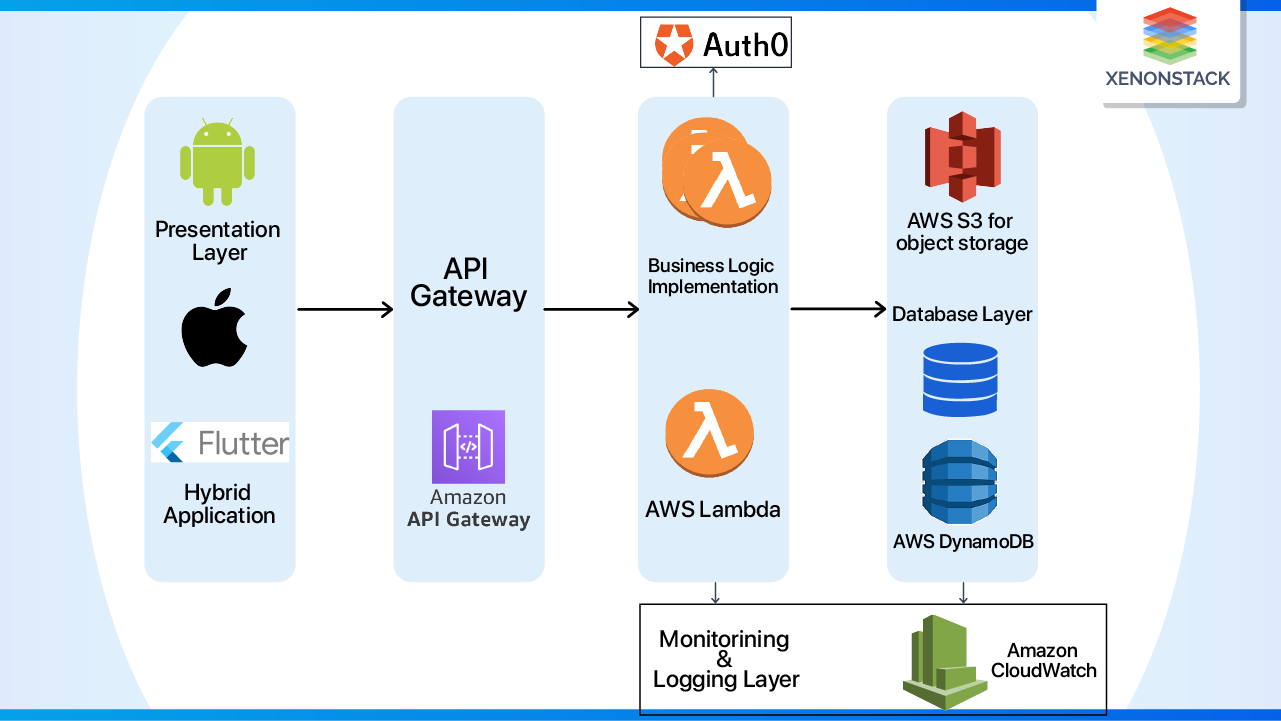
All the services that are used to process the above functions are mentioned in the table given below; the description of the above architecture is as follows:
- The first step is to capture images from the app.
- The second step is to pass those images from the image check module, where the image's orientation and other checks (blur, low brightness) will be checked.
- The third step is to pass images from the object detection module, where the detection of objects (bottles and boxes) will be processed and will get the number of objects present in the image, the brand of the object, and the size of the objects.
- The fourth step is to process data and store the data in the database. With the help of other services mentioned in the table below, we will reach the final step.
- The final step is to get the required information on the app and dashboard.
What is the impact of Solution?
- Eliminates manual efforts of reaching all the outlets to know the availability of present liquor.
- Automation in detecting information related to their available liquor brands (i.e., count of bottles, availability according to their size).
Benefits of the Offered Solution
- Automated Applications: For highly automated applications like inspection, quality control, and pourers or dispensing devices for beverages, which are the most frequent, some businesses have combined them with AI divisions to gain more.
- Inventory Management: Computer vision is another set of eyes keeping an eye on every store's shelf. When merchandise needs refilled, employees can be notified immediately via object detection software trained to recognize every item in a store's inventory. Artificial intelligence-powered inventory control also enables managers to track product trends and place new orders more efficiently to satisfy future demands.
- Elimination of Human Bias: Humans are limited by their unconscious presumptions and inherent incapacity to digest massive volumes of information effectively. By introducing automated applications, one can eliminate human bias.
